
Animals Consumers on the move

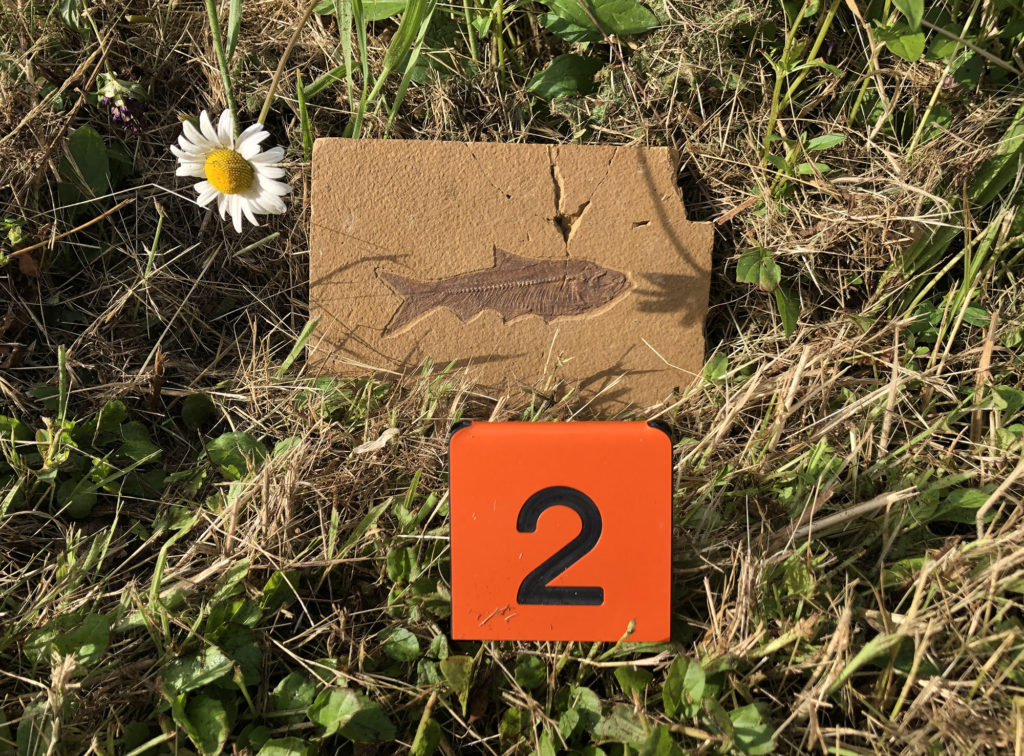
Animal Objectives
-
List and describe basic characteristics shared by animals.
-
Explain what a vertebrate is and the lineage of vertebrates over time.
-
List the basic characteristics of fish species and describe the structure of fish scales.
What is an animal?
You have been learning about animals your entire life. Based on your experiences, write in your notes at least three characteristics that separate animals from other types of species.
Whenever there is a photo of paper ephemera from old books and magazines, like this picture, that is a visual cue to back up the verbal cue that you are accessing past experiences and knowledge.
How did you do?
The most common responses are: animals move, animals have many many cells, and animals eat other organisms.
Kingdom Animalia includes diverse species with genetic and structural similarities.
General Animal Characteristics

Multicellular

Feeding

Gas Exchange

Sensory Systems

Movement
These characteristics are all correct for animals, BUT… other kinds of species can move (even bacteria); other species can have many cells (plants & fungi), and some fungi, plants, and microscopic species can consume other organisms.
We need to more clearly define animals.
Animals have groups of cells, called tissues, that enable flexible movement. We can see this flexible movement in action when we pinch our skin or in the undulations of this snail.
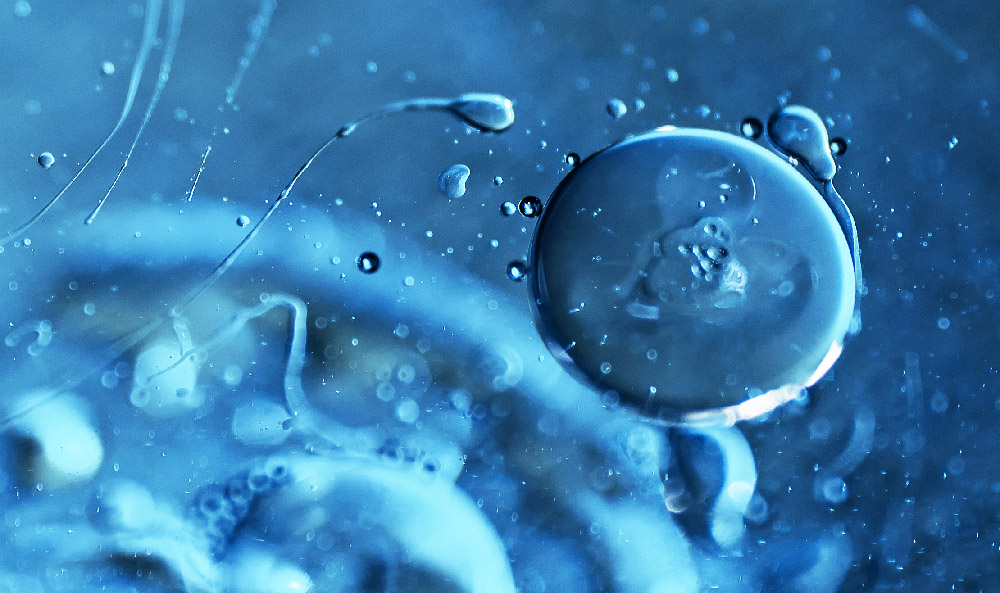
Most animals have significant differences in the size of the gametes or “sex cells:” the egg is typically much larger than the sperm, and there are often far more sperm. This impacts reproduction significantly in many animal species.
Animals are commonly divided into the vertebrates (having a backbone, including humans) and invertebrates (not having a backbone).


We will save the invertebrates for the next section, now we are going to take a look at the vertebrates.
Vertebrate Groups
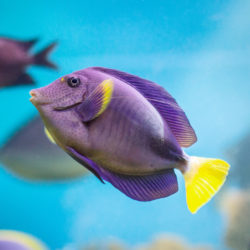
Fish

Amphibians
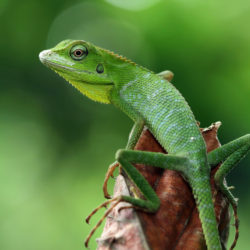
Reptiles
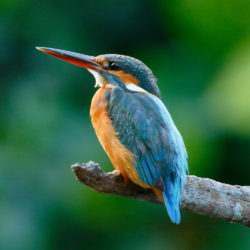
Birds

Mammals
Vertebrates have vertebrae; bones that protect the spinal cord. Some fish species have hard cartilage instead of bone, but most vertebrates have backbones.
Fish
Fish are a large group of vertebrate animals that share some similar characteristics.
This brief video introduces fish, the taxa (group) that gave rise to all vertebrates on Earth today.
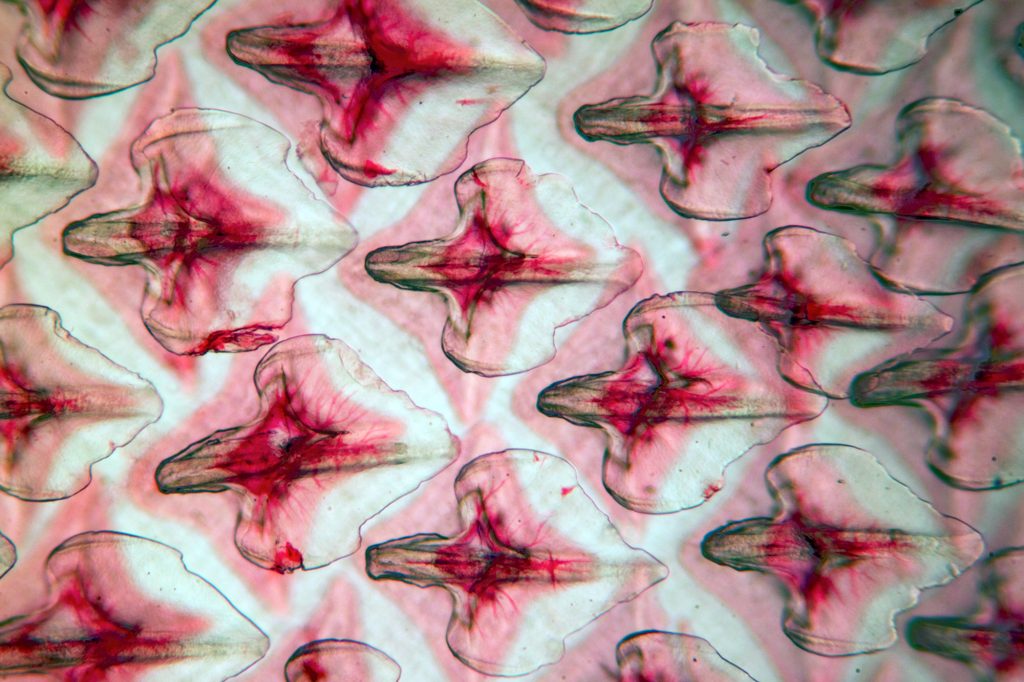
Scales are a significant integumentary (“covering”) structure in fish. The same genes that code for mammalian teeth and hair code for fish scales.
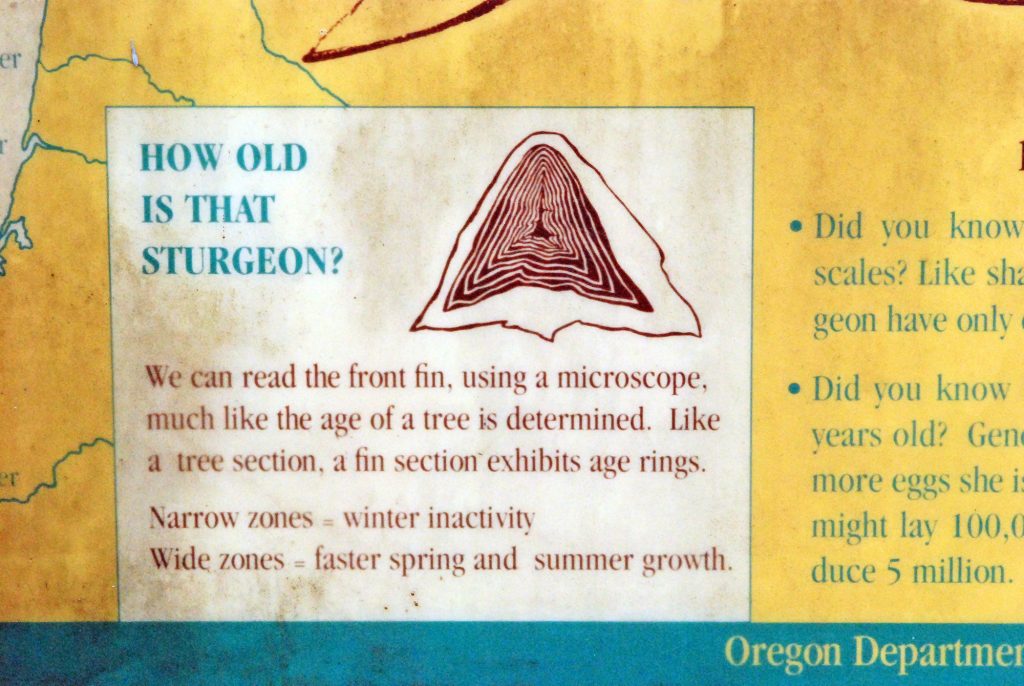
In some scales, layers indicate growth like the rings of a tree branch.
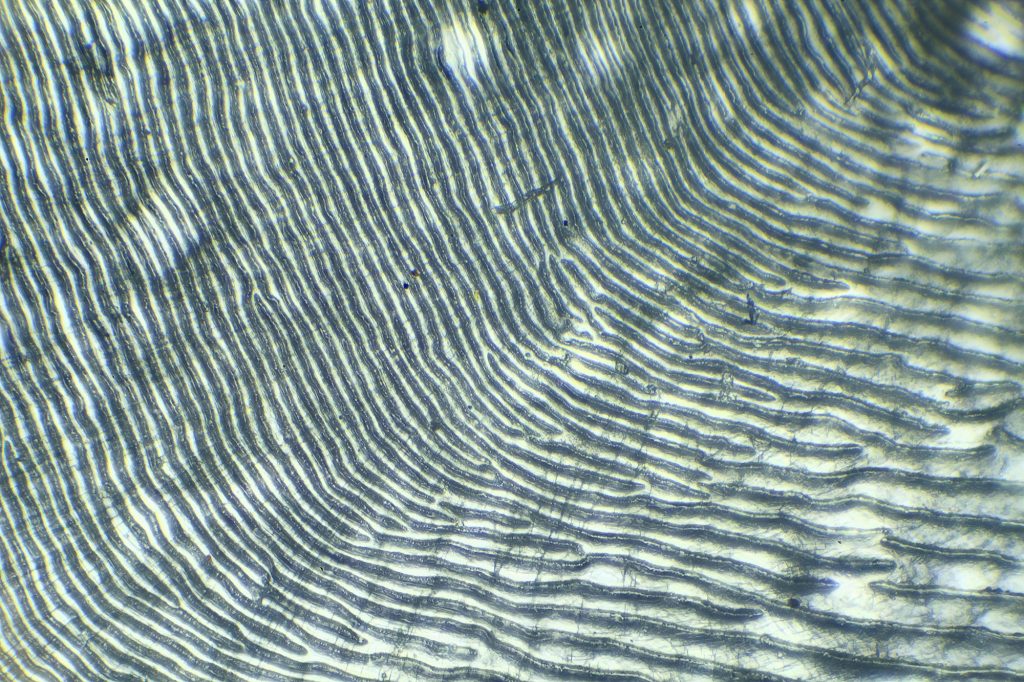
Start this Guide’s second journal assignment here
Journal Page #6: Animal Reflection
Journaling, whether on paper or on a device, gives the brain an opportunity to recall what it has learned over time. Unfortunately, education is usually so rushed, we often don’t spend time reflecting on what we already know.
On this journal page, you will be writing about two animal experiences you have in your lifetime. The first is your earliest memory of an animal. It could be a pet, a toy, an animal in a movie, etc. Many famous researchers point to childhood nature experiences as their motivation to pursue science education.
Your second reflection is to choose the animal you would most want to research if you were a biologist, and to try to recall where you previously learned about that animal. It could be from a movie, a class, someone’s story, a combination of sources, etc. Sources of science learning can be varied and unexpected, and motivating to pursue further learning experiences.

Include in your journal page reflection:
- your earliest memory of an animal.
- the animal you would want to research and where you learned about that animal.
The next section introduces the invertebrates, the most common animals on Earth.
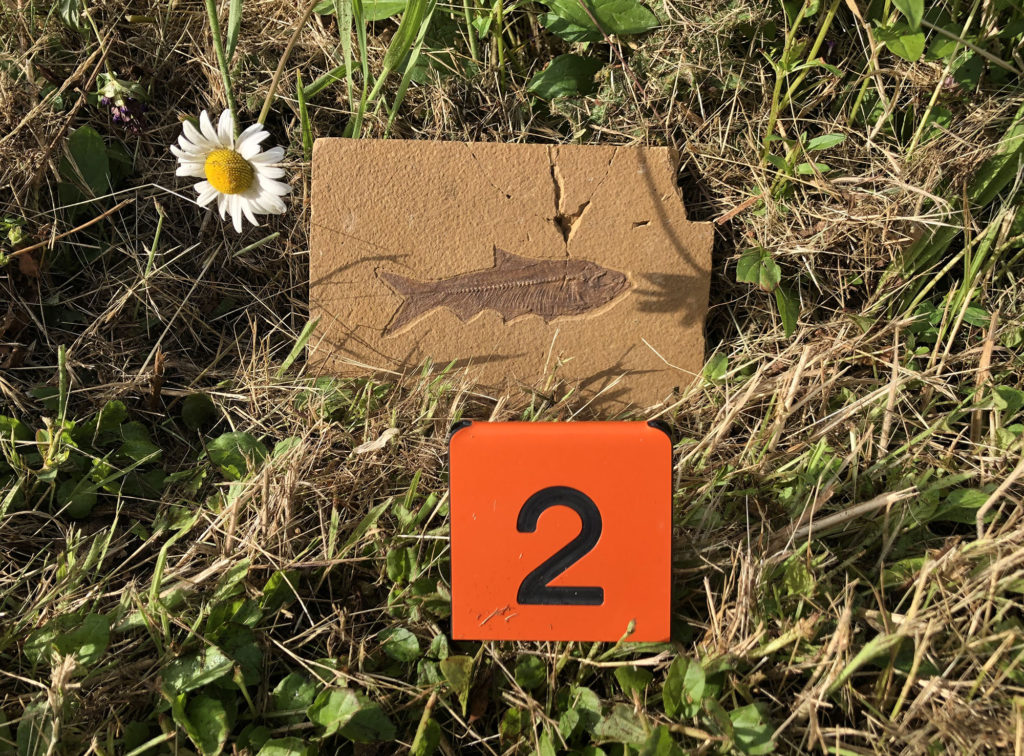
Check your knowledge. Can you:
-
list and describe basic characteristics shared by animals?
-
explain what a vertebrate is and the lineage of vertebrates over time?
-
list the basic characteristics of fish species and describe the structure of fish scales?



